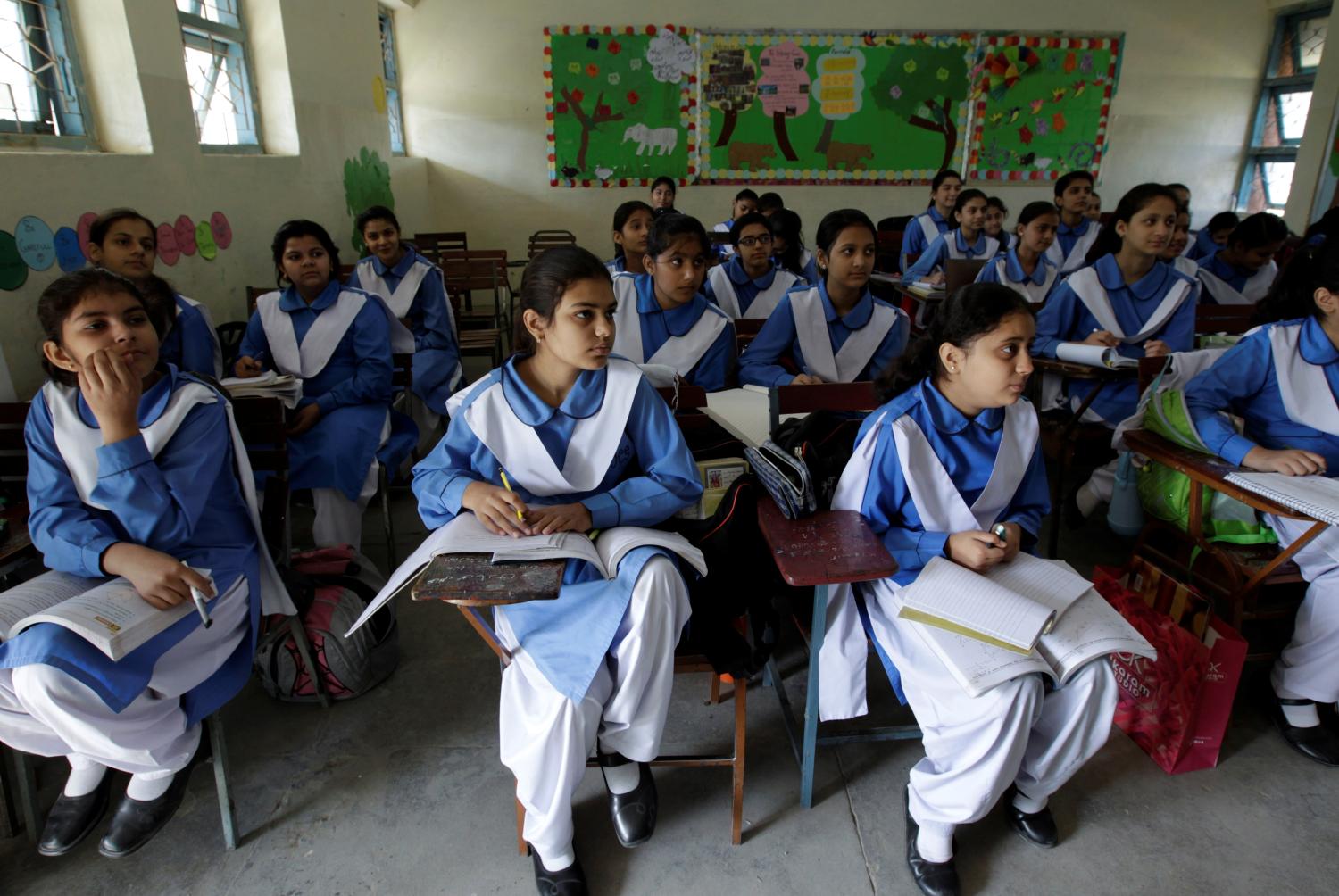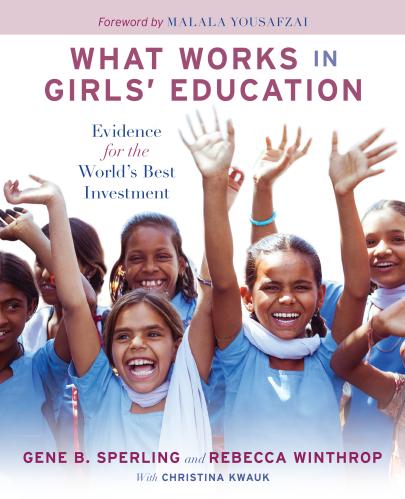Education is the most important factor in any country’s social and economic development. It builds human capital by producing informed and productive citizens. Education creates opportunities for marginalized and socioeconomically disadvantaged communities to escape poverty. A well-educated community promotes peace and leads towards prosperity. It is critical that countries establish, and work toward, national and international educational goals to educate their youth with the knowledge, attitudes, skills, and competencies they need—free of discrimination based on gender or ability—to contribute socially and economically to the nation’s well-being.
Women and people with disabilities are still at a severe disadvantage in many parts of the world, especially in Pakistan. Therefore, gender disparities and sociocultural differences must be incorporated into the national education goals through inclusive education. No country can reach economic success and prosperity when excluding over half its population.
It has become increasingly evident that schools and communities must work in collaboration to achieve their mutual objective of a high-quality education for all. This paper shares the success story of the grassroots community organization GRACE Association, which works to educate girls and children with disabilities in northern Pakistan. GRACE Association makes the case that in order to foster inclusive education in low-income developing countries like Pakistan, there is a need for community school networks (CSNs) in order to improve school quality and accessibility for all children.
Research shows that the CSN model is a catalyst to address factors that prevent girls and children with disabilities from accessing their fundamental right to public education. This paper outlines how CSNs create a collaborative structure that decentralizes power and increases community participation by distributing resources and enhancing schools’ capacity to enroll all children and improve learning outcomes.





